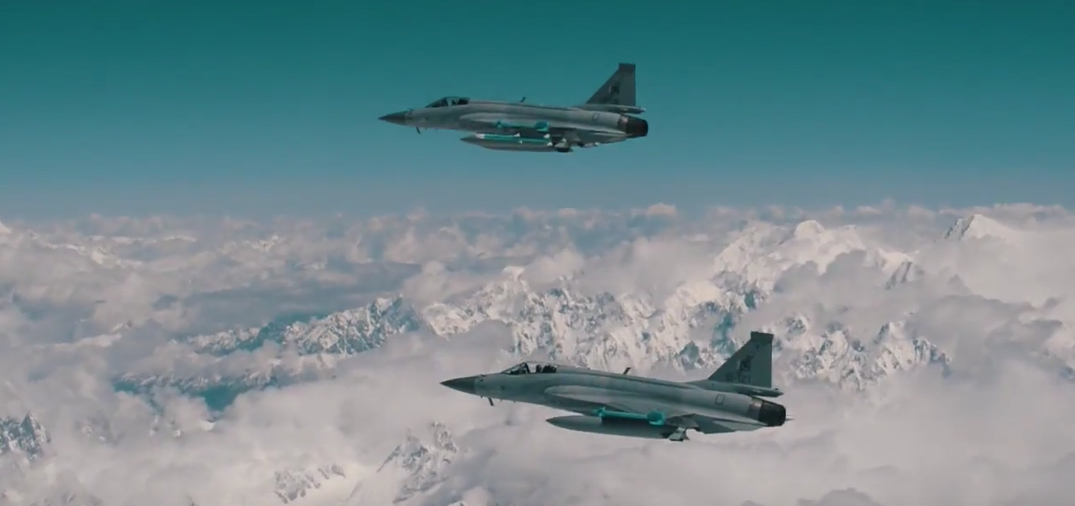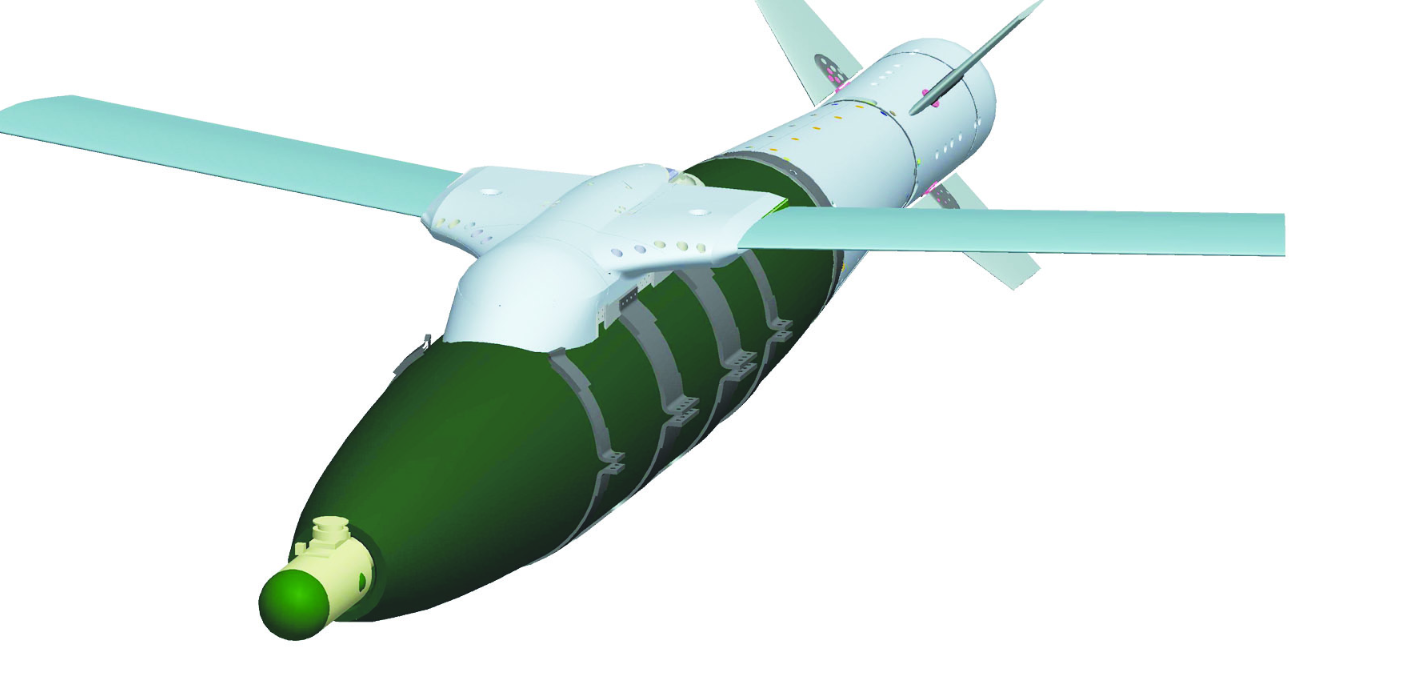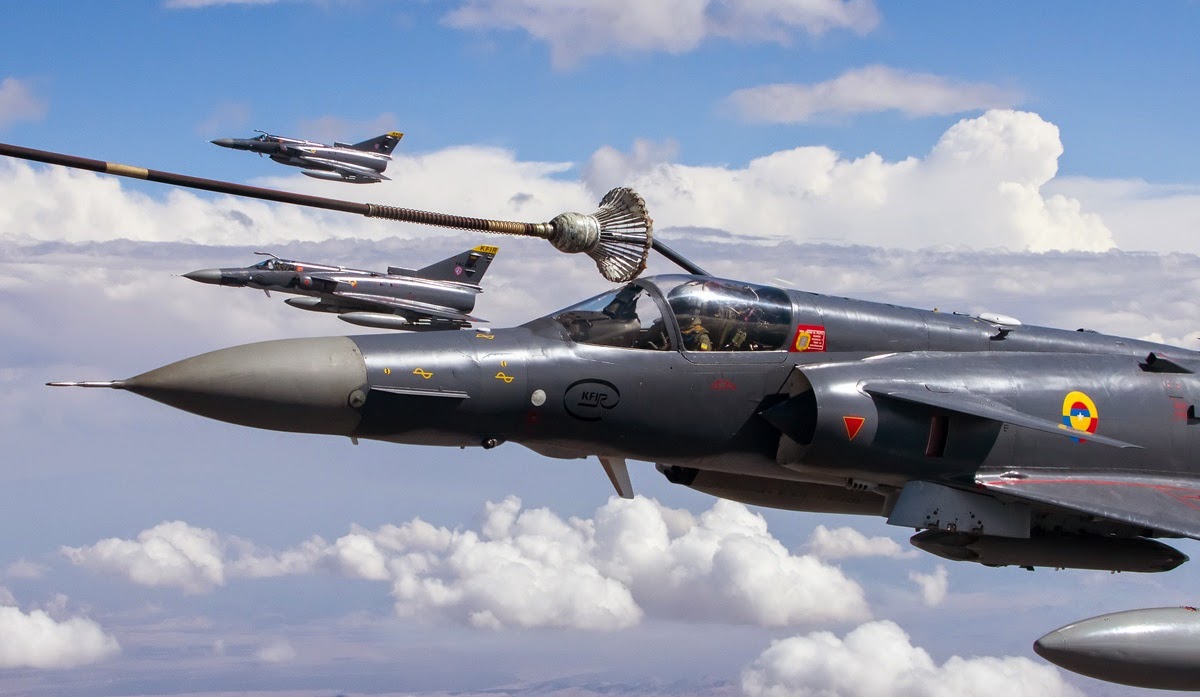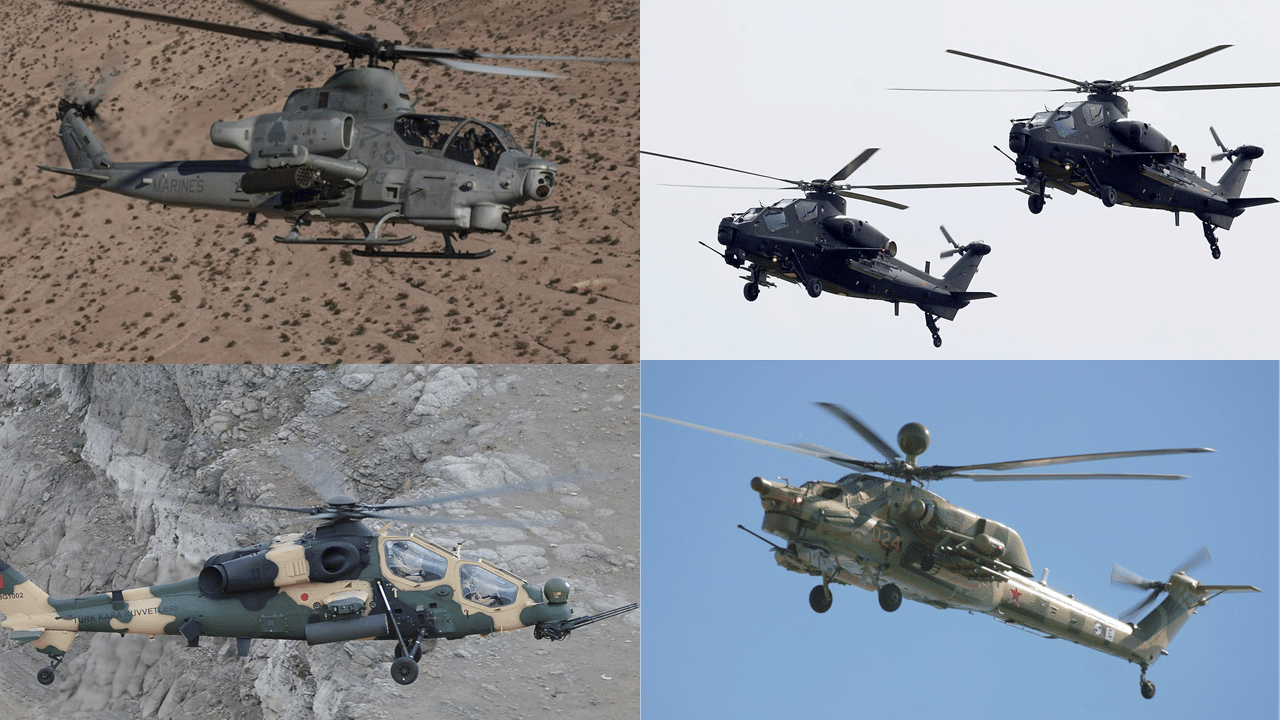41Views 15Comments

The JF-17 II: Introducing BVR & Precision Strike (Updated)
Published on 21 August 2015, this was originally our second article on Quwa. The aim of this piece was to offer a deeper look at the improvements the JF-17 brought – and continues to bring – to the Pakistan Air Force (PAF)’s fighter fleet. This core perspective will be retained, but with adjusted details. The parts about the JF-17’s role in simplifying the PAF’s maintenance channels as well as its role in strengthening Pakistan’s domestic defence industry will be discussed in greater detail in a separate article. Another article will be written to review the JF-17 in 2016 – i.e. JF-17 Block-II, ASELPOD, the PAF’s interest in new equipment for the Thunder, etc.
Through the 1990s and most of the 2000s, the backbone of the PAF’s fleet was composed of the Chengdu F-7P/PG Skybolt and Dassault Mirage III & 5. In addition, the PAF also operated the A-5 (a ground-attack variant of the Shenyang F-6) and General Dynamics (later Lockheed Martin) F-16A/B Block-15, the latter split between two squadrons (down from the original three when the fighter was originally inducted).
To help ease the shortfalls experienced as a result of the Pressler Amendment, the PAF also inducted surplus Mirage III & 5 aircraft from Australia, Spain, Lebanon and Libya, and subsequently upgraded many of the airframes under the Retrofit Strike Element (ROSE) program. The ROSE I program was, at least on its own terms, a good upgrade as it allowed the PAF to equip its Mirage IIIs with a suite comprised of a modern radar, avionics and some electronic warfare (EW) and electronic countermeasures (ECM) equipment. In addition, it imbued the Mirage with the capability to use beyond-visual-range air-to-air missiles (BVRAAM) and precision-guided munitions (PGM), though it is unclear if the PAF ever actually inducted BVRAAMs for the Mirage (ambiguous media reports notwithstanding). However, it did integrate its Mirages with the H-2 and H-4 series of precision-guided glide bombs (likely based on the Denel Raptor-I and II).
But the lack of new F-16s (or a modern fighter in lieu of it) was being felt, especially in the context of the Indian Air Force (IAF)’s modernization programs (centering on the Sukhoi Su-30MKI). Simply replacing the F-7s and Mirages was not going to be enough for the PAF, it needed something that not only offered a substantive improvement, but gave it a solution that was in line with the expectations of the day. The sense one gets from the 1990s and 2000s is that most of the PAF’s fighters did not and – for the most part – could not utilize the latest in combat technology. Even the Mirages, which could be equipped with some level of BVR and precision-guided strike capability, had a limit in terms of its longevity.
Put simply, whenever sanctions hit, the PAF had to depend on fighters that were a generation behind the ‘current.’ In the aftermath of the 1965 War, the PAF had to source F-6s from China, but like the rest of its contemporaries, it probably would have preferred grabbing the Northrop F-5 Tiger II. When it was supposed to have been receiving F-16s, the PAF had to deepen its dependence on F-7s and Mirage III/5s.
The JF-17 Thunder is a different story. It is a modern platform with the room to carry current as well as future subsystems. Yes, it is not a high-performance platform like the Dassault Rafale, but it is a platform capable of using most (if not potentially all) of the very same munitions and subsystems found on pricier alternatives. The only real bottleneck would be Pakistan’s financial capacities.
The JF-17 is equipped with the KLJ-7 mechanically-steered pulse-Doppler radar (developed by the Nanjing Research Institute of Electronic Technology or NRIET). The KLJ-7 can track targets from 75km (at 3m2 RCS – i.e. radar cross-section, an object’s detectability on radar) to 85km (at 5m2 RCS). The KLJ-7 can track up to 10 targets at beyond visual range, and simultaneously engage two with active-radar air-to-air missiles, such as the SD-10.
The SD-10 is an active radar-guided BVRAAM with an approximate range of at least 70km. It functions in a similar manner to the AIM-120C5 (in use with the PAF’s F-16 Block-52+ and MLUs). The SD-10 is equipped with an active radar-guidance seeker as well as data-link supported inertial guidance system. The latter enables the SD-10 to be deployed mid-way to its prospective target, and in a later stage (i.e. the terminal or final stage) the active radar-guidance seeker can kick in to engage the target. Specific performance parameters are difficult to come by, but some have been willing to compare it to the AIM-120, such as Australian defence analyst Dr. Carlo Kopp.

The PL-5EII is the JF-17’s core within visual range air-to-air missile. Although derived from an older platform, the PL-5EII is rated by its chief vendor the China National Aero-Technology Import & Export Corporation (CATIC) as “an improved 3rd generation short-range IR air-to-air missile, which features good anti-jamming capability and all-aspect attack capability.” Dr. Carlo Kopp put the PL-5EII in the same general category as the AIM-9M (which is also used by the PAF’s Block-52+ and MLU F-16s).

In looking at the JF-17’s air-to-surface munitions suite, one must recognize that the PAF has yet to disclose exactly how it intends to arm the platform. However, CATIC is marketing the JF-17 with a whole host of precision-strike weapons in the form of the LT-2, LS-3, LS-6, C-802A and CM-400AKG.
The LT-2 is a laser-guided bomb kit designed for standard general purpose bombs (GPB). It is basically used to equip a GPB (such as potentially the Mk.82) with a laser-based guidance kit. Unlike satellite-aided PGBs, laser guided bombs (LGBs) can be used on a standalone basis, i.e. without the support of a satellite-network. The effectiveness of LGBs can suffer however from poor weather conditions, though the WMD-7 targeting pod could compensate for this to an extent.
The LS-3 and LS-6 are satellite-based PGB kits for 250kg and 500kg GPBs, respectively, and are similar to the Boeing Joint Direct Attack Munition (JDAM) kit for Mk-82 and Mk-83 GPBs. Like the JDAM, the LS-3/6 is meant to augment an existing GPB with a guidance-system and glide-system, enabling the bomb to not only be more precise, but exhibit more range. In fact, the more apt comparison for the LS-3/6 would be the JDAM-ER (short for ‘Extended Range’), a stand-off munition.

The C-802A and CM-400AKG are anti-ship missiles (AShM). The C-802A is in line with emulating the Harpoon and Exocet-series of AShM, but the CM-400AKG is marketed as a high-speed missile designed to engage large ships such as aircraft carriers.
In regards to the PAF’s air-to-surface munitions suite, the details are beginning to emerge. For example, the PAF recently finalized a contract to acquire the Aselsan ASELPOD advanced targeting pod for use on the JF-17. It is also likely that the PAF will ultimately acquire the Global Industrial Defence Solutions (GIDS) Range Extension Kit (REK) or Takbir as its INS/GPS PGB, it would not be surprising if a semi-active laser-homing (SALH) kit for LGBs is also produced in Pakistan (if not already). The principal AShM is C-802A.
Details of the JF-17’s ECM/EW suite are difficult to come by, but the standard commercial configuration of the JF-17 is fully equipped via Chinese origin subsystems: Missile Alert Warning System (MAWS), Radar Warning Receiver (RWR), optional external electronic warfare (EW) jamming pods (KG300/KG600), and tactical data-link system. The PAF seems to be operating a configuration mixing Chinese subsystems with Western European counterparts, but exactly where this is occurring is not known.
Another addition is the network-centric nature of the JF-17. To be fair this shift is not tied to exclusively to the JF-17, but is part of a wider shift in the PAF to tightly connect its key assets. By connecting land and air-based surveillance and communication network (involving radars, airborne early warning & control aircraft or AEW&C, fighter aircraft, and possibly even unmanned aerial vehicles) with a dependable high-bandwidth tactical data-link system, multiple PAF assets can share near real-time information with one another. The data-link system in use by the PAF is Link-17, a domestically developed solution.
The JF-17 is not a static program, it will continue to evolve and incorporate new technology and improved weapon systems. It will also get better at fulfilling each of its operational roles.


